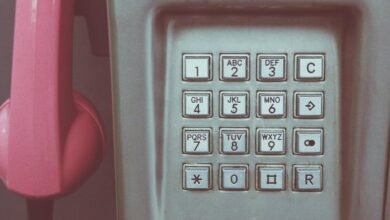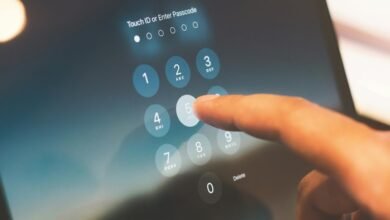Who Called Me From 4154488669, 4154813687, 4154960775, 4158785240, 4172040601, and 4172330946? Verify Now

The recent surge in calls from numbers such as 4154488669 and 4154813687 raises concerns about their legitimacy. Analysis indicates that these may be associated with telemarketing or potential scams. Understanding the implications of such calls is essential for consumer protection. The identification and reporting of these numbers could be pivotal in mitigating future unsolicited communications. What steps should one take to ascertain their authenticity and safeguard personal information?
Understanding the Caller ID: What These Numbers Mean
Caller ID serves as a critical tool in telecommunications, providing users with essential information about incoming calls.
It enables caller identification, allowing individuals to discern the origin of a call before answering.
Additionally, number tracing capabilities enhance security by enabling users to track and report unwanted or suspicious calls, ultimately empowering them to maintain control over their communication environment and personal privacy.
Common Scams and Telemarketing Tactics
How can individuals protect themselves from the increasing prevalence of scams and telemarketing tactics?
Effective scam identification hinges on understanding caller motivation. Common tactics include high-pressure sales pitches, unsolicited offers, and impersonation of legitimate entities.
Recognizing these patterns empowers individuals to discern genuine calls from deceptive ones, fostering a more informed and cautious approach in their interactions with unknown callers.
How to Protect Yourself and Report Unwanted Calls
Implementing effective strategies to protect against unwanted calls is essential in today’s digital landscape.
Utilizing call blocking features on smartphones and landlines mitigates intrusion. Additionally, exploring reporting options through regulatory bodies enhances consumer protection.
Documenting unwanted calls and reporting them can deter persistent offenders and contribute to broader efforts against telemarketing abuse, empowering individuals to reclaim their communication privacy.
Conclusion
In the labyrinth of phone calls, the numbers 4154488669, 4154813687, 4154960775, 4158785240, 4172040601, and 4172330946 loom like shadows, concealing potential threats. Vigilance is crucial; the faint ring of a phone can mask deceit. By employing caller ID and diligent research, individuals can illuminate these dark corners of communication, safeguarding themselves against the allure of scams. Reporting these calls is not merely an act of caution but a beacon of collective resistance against unwanted intrusions.






